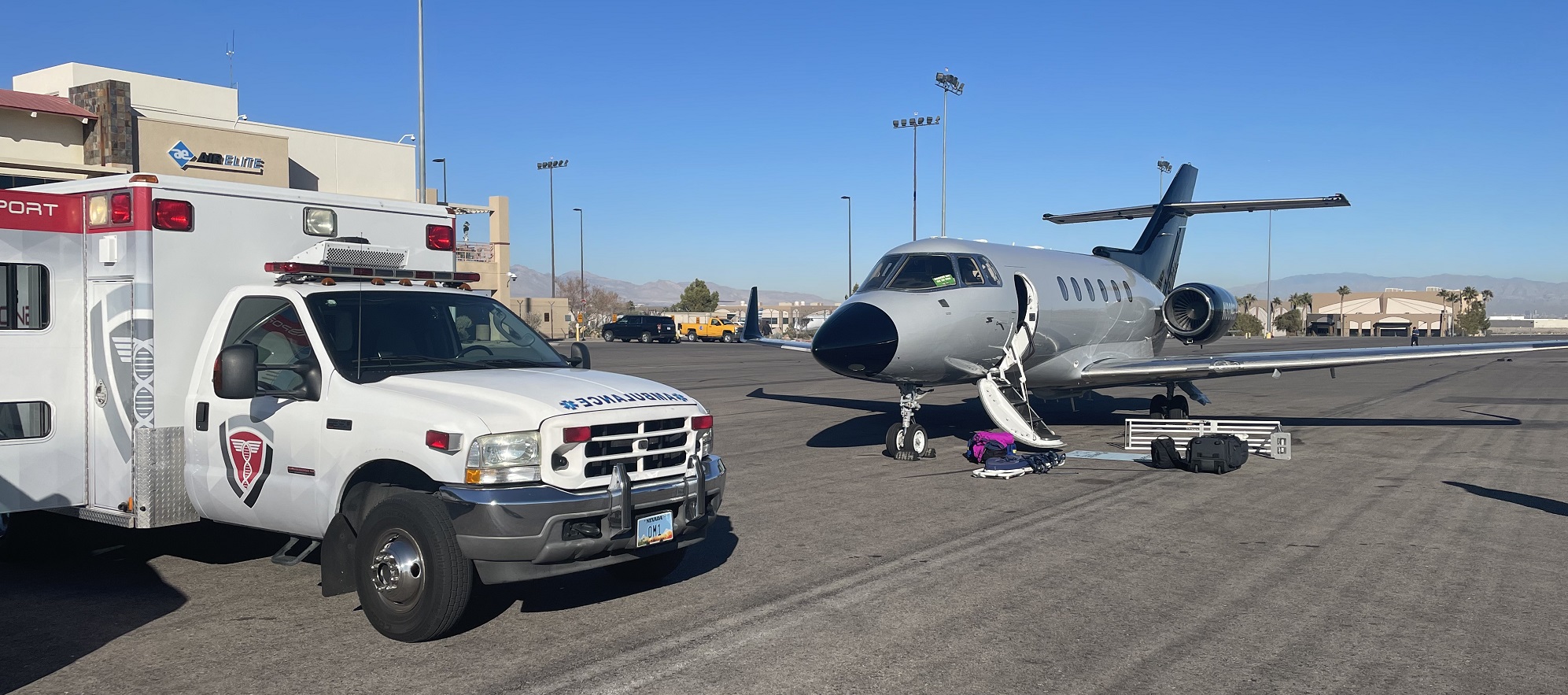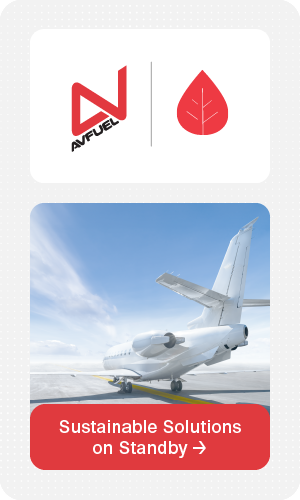More than thirty years ago, Executive Director of the Commission on Accreditation of Medical Transport Systems (CAMTS) Eileen Frazer received her first flight assignment and embarked on what would be her first-ever flight on a helicopter. Later, she became the chief flight nurse of a helicopter medical air transport program.
“I felt good about our patient care, but I had never even been in a helicopter before,” said Frazer. “Soon after, it became evident we needed some standards for the aeromedical industry.”
In the mid-1980’s, fatal EMS helicopter accidents were increasing at an alarming rate. The Association of Hospital Based Emergency Air Medical Services (ASHBEAMS), now the Association of Air Medical Services (AAMS) along with other organizations met to develop safety guidelines. There was significant concern that the FAA would enact regulations that would negatively impact the emergent responses needed for trauma patients. These guidelines became standards that led to the creation of CAMTS. CAMTS offers a program of voluntary evaluation of compliance with accreditation standards, demonstrating a medical transportation program’s ability to deliver a specific high-quality service.
CAMTS, a group of non-profit organizations dedicated to improving the quality and safety of medical transport services, was launched in 1990 after accreditation Standards were developed and the process to conduct voluntary audits that led to accreditation for air medical transport programs was established.
CAMTS Global, based in Switzerland, was registered in 2015 to meet the international demand for a similar accreditation.
At CAMTS, each member organization nominates a representative to serve on the Board of Directors, which represents all disciplines, including medical personnel, communications specialists, and aviation experts.
W. Ashley Smith Jr. of Jet Logistics serves as NATA’s delegate on the CAMTS Board of Directors, alongside representativesf from 21 other member organizations. Smith serves CAMTS, and CAMTS Global, as Treasurer and a member of the Executive Committee, as well as Chairman of the CAMTS Aviation Subcommittee.
The need for a medical transportation organization is necessary in part because the purpose of the transportation is so important.
Air medical transportation is made up of three main missions: (1) emergent transport (i.e., medical emergencies), (2) patient transfers, and (3) donor organs. These missions are accomplished in both rotorcraft and fixed wing aircraft, depending on the type of mission, location, and other variables. It’s this unique range of mission purposes that led the medical transport industry to create a separate accreditation.
“We had to start with culture,” said Frazer, explaining when CAMTS was initially developed, many pilots were military veterans who were taught to just get the mission done, while medical personnel were enthralled with flying. “But everyone wanted everyone else to stay in their own lane.”
CAMTS aims to improve safety and quality in medical transportation by addressing communications; training requirements for medical, aviation, and communications personnel; crew wellness, including work/rest hours and physical requirements; and more. It also emphasizes safety concepts such as crew resources management (CRM), risk assessments, change management, and just culture.
These standards help organizations define and implement safety cultures that encourage good CRM practices and risk management.
Frazer reports rotary wing teams that participate in CAMTS have made significant progress in the areas of CRM and teamwork while some fixed wing programs, particularly larger programs, are still developing a teamwork culture. This is likely a byproduct of the different types of missions flown. A fixed wing program is more likely to fly donor organs and related medical crews rather than urgent medical emergencies, resulting in a more siloed flight experience than emergent transports.
CAMTS distinctly differs from the International Standard for Business Aviation Operations (IS-BAO), the Air Charter Safety Foundation (ACSF) Industry Audit Standard (IAS), or other aviation audits, but includes quality management and safety management systems, similar to those implemented by more traditional air charter operators.
CAMTS does not accredit aviation companies or organizations, however the aviation operator that serves the medical entity is a critical part of the process. There are accreditation standards that address the aircraft, pilot and maintenance training, helipads and hangars, but it is not an in-depth aviation audit such as IS-BAO.
The accreditation requires a gap analysis of the organizations compared to the CAMTS standards. If site surveyors determine the organization is in substantial compliance and the board of directors agrees, that organization qualifies for accreditation.
Smith’s company Jet Logistics completed 5,400 flight hours last year, utilizing 16 aircraft, to transport over 2,000 medical patients or organs for transport. Smith explained even organ transportation requires specially equipped aircraft and carefully developed policies and procedures.
Smith said CAMTS is an opportunity for an organization to be compared to the best programs.
“CAMTS uses the best practices from some of the best programs. The brightest minds in medical transportation put it together,” said Smith.
Smith said the medical industry is in many ways years ahead of aviation in SMS, including quality management, continuous quality improvement, and utilization reviews, in which an organization looks back at all transports to see if patient could have been transported by ground resources instead of air resources.
“We ask ourselves, ‘Are we doing the best we can do?’ and that questioning never ends,” said Smith, who took these concepts back to his aviation SMS and significantly improved the effectiveness of that program.
Smith is a strong advocate not only of CAMTS but of the overall mission of air medical transportation and the dedication of those who work in the field.
“I walked away from a lucrative airline career because this work matters,” said Smith. “When my career is over, I’ll know I made a difference.”
CAMTS helps ensure Jet Logistics’ missions and the missions of other CAMTS-accredited organizations are conducted in a safe manner, ensuring quality care and transportation for the patient.







